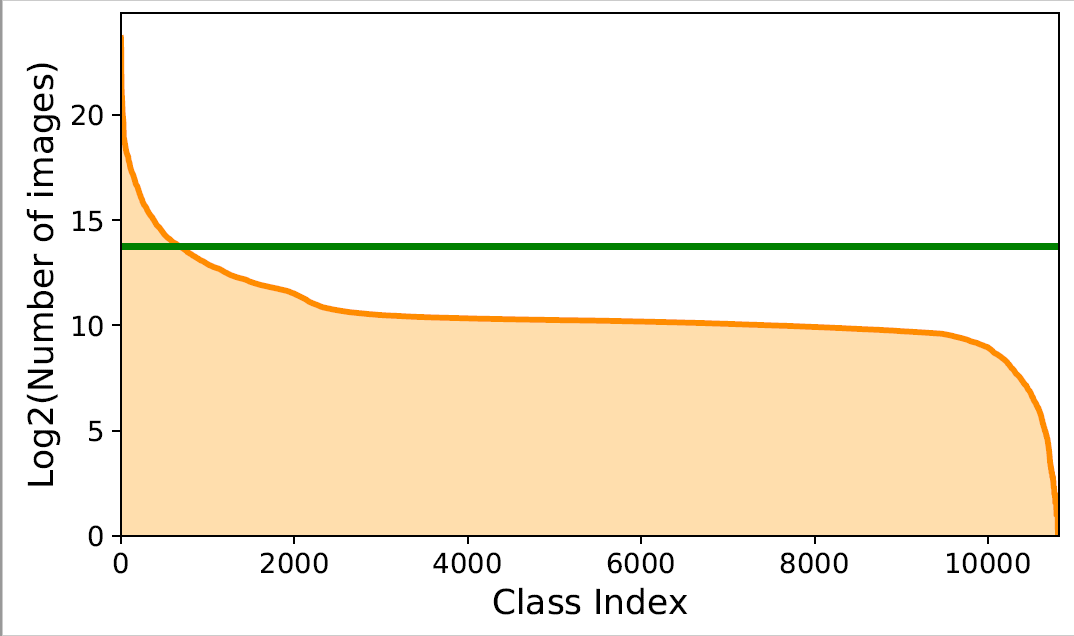Revisiting Unreasonable Effectiveness of Data in Deep Learning Era
The success of deep learning in vision can be attributed to: (a) models with high capacity; (b) increased computational power; and (c) availability of large-scale labeled data. Since 2012, there have been significant advances in representation capabilities of the models and computational capabilities of GPUs. But the size of the biggest dataset has surprisingly remained constant. What will happen if we increase the dataset size by 10x or 100x? This paper takes a step towards clearing the clouds of mystery surrounding the relationship between `enormous data' and visual deep learning. By exploiting the JFT-300M dataset which has more than 375M noisy labels for 300M images, we investigate how the performance of current vision tasks would change if this data was used for representation learning. Our paper delivers some surprising (and some expected) findings. First, we find that the performance on vision tasks increases logarithmically based on volume of training data size. Second, we show that representation learning (or pre-training) still holds a lot of promise. One can improve performance on many vision tasks by just training a better base model. Finally, as expected, we present new state-of-the-art results for different vision tasks including image classification, object detection, semantic segmentation and human pose estimation. Our sincere hope is that this inspires vision community to not undervalue the data and develop collective efforts in building larger datasets.
PDF Abstract ICCV 2017 PDF ICCV 2017 Abstract











 JFT-300M
JFT-300M
 ImageNet
ImageNet
 MS COCO
MS COCO
 PASCAL VOC 2007
PASCAL VOC 2007
